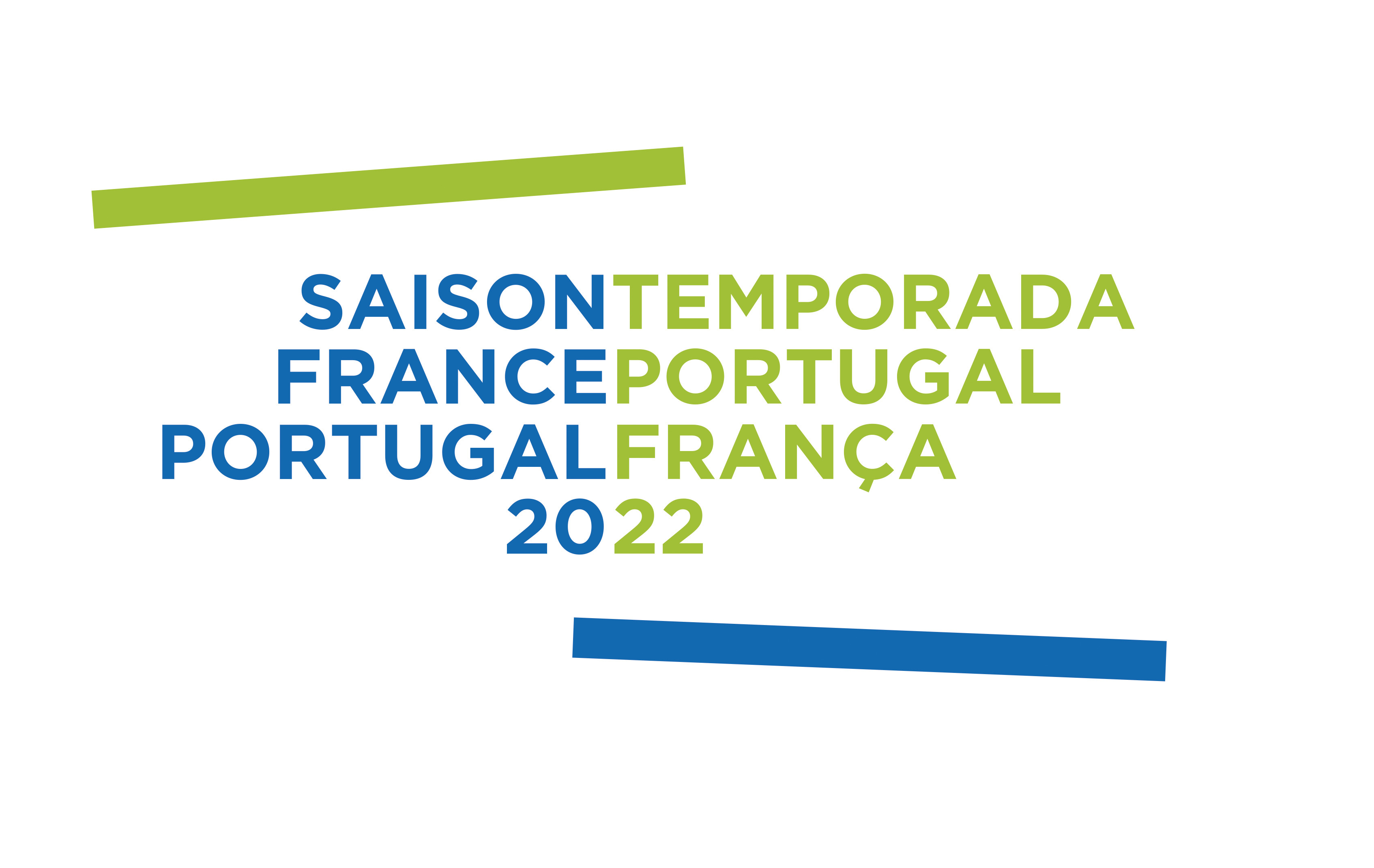Combining in a highly original way the pictorial inventions of the first Italian Renaissance and innovations from Flemish painters imported by artists like Jan van Eyck who stayed in Portugal in 1428–1429, the Portuguese school of painting made a name for itself from the mid-15th century, at the same time that the kingdom of Portugal was in full expansion mode.
Thanks to the patronage of kings Manuel I (reigned 1495–1521) and João III (reigned 1521–1557), who surrounded themselves with court painters, Portuguese painting experienced a golden age in the first half of the 16th century before being eclipsed by the crisis of the succession of the crown in 1580 and the annexation of Portugal by Spain.
Since the founding exhibition Portuguese Art in the Age of the Great Discoveries of the 20th Century in 1930 at the Jeu de Paume in Paris, the latest exhibitions in France on the subject (Sun and Shadows: 19th-Century Portuguese Art, Musée du Petit Palais, Paris, 1987, and Red and Gold: Treasures of Portuguese Baroque, Musée Jacquemart-André, Paris, 2001) did not deal with this privileged period of the Portuguese Renaissance.
Thanks to the acquisition of Portuguese paintings by the Musée du Louvre through the generosity of donors, a history of this school has begun to take shape, with four paintings from the 15th to the 18th centuries forming a small nucleus. The Department of Paintings endeavours to continue to expand on this base, in line with the universal vocation of the Musée du Louvre and its duty to propose the most complete overview possible of European painting.
This spotlight exhibition is also an opportunity to highlight more generally Portuguese paintings on display in France, as part of the project to inventory Iberian paintings in French national collections carried out in tandem with the Institut National d’Histoire de l’Art.
Apart from Nuno Gonçalves, the first great Portuguese painter whose panel opens the exhibition, the artists in the exhibition were all active in Lisbon in the first half of the 16th century. Capital of the vast Portuguese empire, Lisbon was then a multicultural city turned towards the ocean which carried wealth and discoveries from the New World into Europe. It also hosted the courts of kings Manuel I and João III, both of whom were builders and great patrons of the arts.
The exhibition aims to shine a light on a particularly innovative time in the history of European painting, when painters of Flemish origin such as Francisco Henriques or the Master of Lourinhã brought to Portugal a masterful and very refined technique of oil painting and a new taste for landscapes and the decorative effects of fabrics and precious materials.
A group of related artists took shape around Jorge Afonso, who played a major role at court. They assimilated this new way of painting and executed the vast majority of the altarpieces commissioned by the king for churches and monasteries. The refinement of the Flemish technique was perfectly suited to this courtly art, but it was also combined with a sometimes humorous sense of narration, a taste for naturalistic details and the representation of everyday figures and objects.
The paintings exhibited at the Louvre are all religious and contain delightful details, often a still life or an opening onto a poetic landscape. The anonymous panel of Hell is no exception and was most likely commissioned in a religious context; the evocation of the deadly sins also allows for a precise description of objects, some of which were imported from America, and leaves room for nudes, which are very rare in Portuguese painting of this period.
Exhibition curators: Charlotte Chastel-Rousseau, curator in the Department of Paintings, Musée du Louvre, and Joaquim Oliveira Caetano, director of the Museu Nacional de Arte Antiga in Lisbon.


This exhibition is organised by the Musée du Louvre in partnership with the Museu Nacional de Arte Antiga (Lisbon, Portugal).
This exhibition benefits from support from the Sponsor Committee of the France-Portugal Season 2022, the Fundação Millennium BCP and the Banque BCP.

